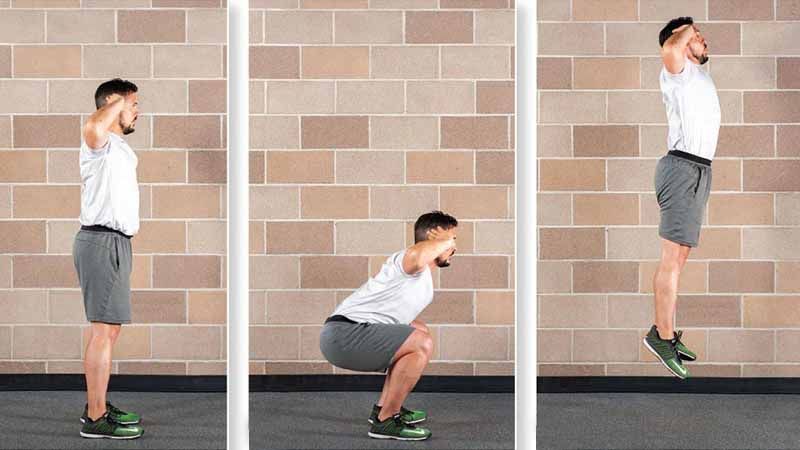7 Simple (Budget-Friendly)Tests To Check Your Fitness Level
- 24 months ago
Physical fitness is simply the ability of the body to perform physical tasks. Cardiovascular fitness, muscular strength, and muscular endurance are all examples of this. Monitoring some key fitness indicators measured in this comprehensive fitness panel can assist you in maintaining good health.
What is a Fitness test? Fitness tests are a great way to check your fitness level when beginning a new workout routine. They can also assist in tracking your development, making it simpler to identify any areas where you might need to alter your training regimen to maintain improving.
You can visit a sports performance lab if you want an elaborate and pricey evaluation of your level of fitness. But this is unnecessary and, at times, costly for the vast majority of people.
Instead, you can identify and track your fitness level at home by administering a few simple tests. Always consult your doctor before beginning or increasing physical activity to ensure that it is safe for you.
Many trainers will also perform a physical activity readiness questionnaire (PAR-Q), which consists of seven or more questions about your overall health. They typically focus on the medications you take, any dizziness or pain issues, and any medical condition that may impair your ability to exercise. These are useful for the trainer in case something goes wrong.
Measuring fitness is more than just having tight abs, lifting heavy weights, and running fast. There are some less obvious ways to test your fitness; here are 7 ways you can do it yourself.
Fitness Testing With a Limited (Or Zero!) Budget
1. Resting Heart Rate
Your resting heart rate (RHR) is the number of times your heart beats every minute when you're at rest. A lower RHR frequently indicates increased aerobic fitness since a strong cardiovascular system allows your heart to pump more blood with each beat. Several athletes have recorded a RHR of 40.
[Also check: How to calculate the resting heart rate?]
How to Do This Exercise?
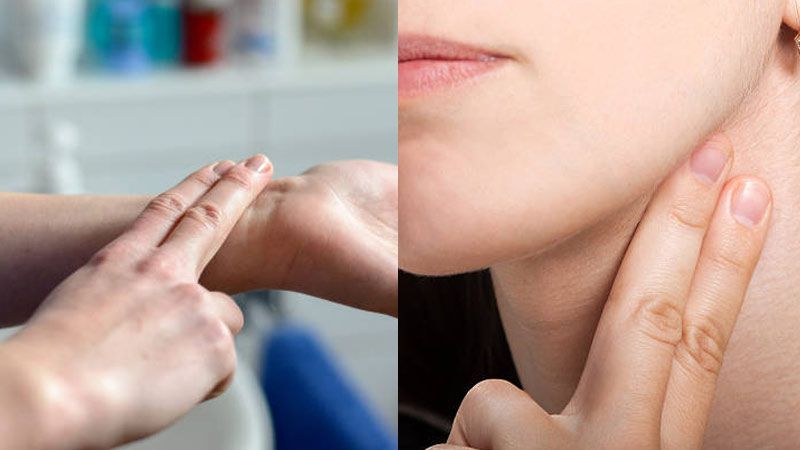
To measure your RHR Place two fingers on your neck, just below your jawline (carotid artery), or on your wrist (radial artery) and count the number of beats you feel in 60 seconds. It is generally believed that the ideal time to take our RHR is in the morning.
Results of This Exercise Test:
- 60 or less = Good
- 61 to 80 = Average
- 81 to 100 = High, yet considered as acceptable
- 101 or more = Abnormally high (not good!)
Your resting heart rate is a useful indicator of your fitness progress because it decreases as you get fitter.
2. Upper Body Strength Test
Push-ups are a great indicator of upper-body strength and the progress of your muscle-building activity. Because it is dependent on how many reps you can accomplish in a certain length of time rather than how much weight you can lift, this test technically assesses muscular endurance rather than pure strength - but it is still a good measure of upper-body strength.
How To Do This Exercise?
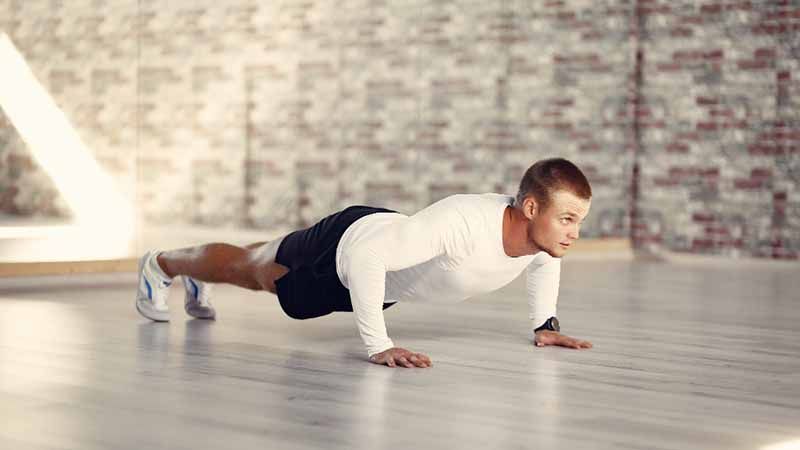
Assume a push-up position (or a modified position with your knees and lower legs on the floor if you can't do any push-ups). Each repetition must be performed with proper technique, with the body remaining in a straight line, the head aligned with the spine, and the arms bent to at least 90 degrees.
Results of This Exercise Technique
- 30-more for men / 25-more for women - Excellent
- 25-29 for men / 20-24 for women - Good
- 20-24 for men / 15-19 for women - Not bad
- 19-less for men / 14-less for women - Needs work
3. Cooper Test
The "Cooper Test," created in the 1960s by Kenneth Cooper, is still extensively used to measure cardiovascular fitness. The test is mostly intended for running practice, but you are free to walk if necessary. The findings of Cooper are based on a tens of thousands-strong mixed-gender sample.
How to Do This Exercise?
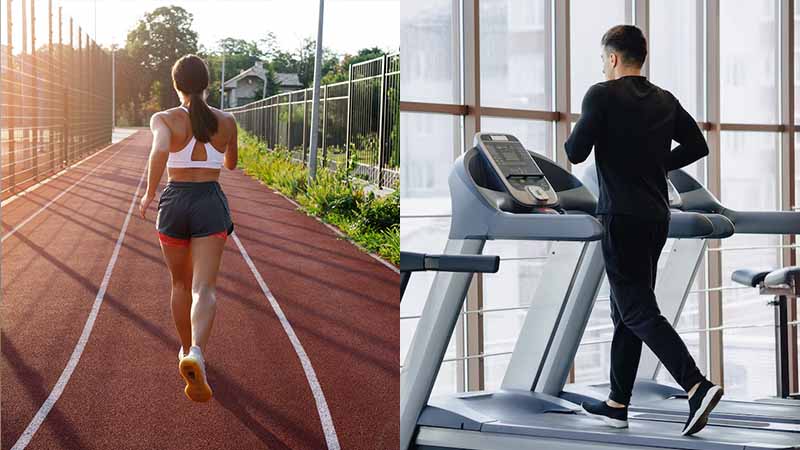
Use a treadmill or a flat, measurable route (an athletics track is ideal). Set a stopwatch and run or walk as fast as you can for the duration of the test. Take note of the distance and compare it to the values listed below.
Results of This Exercise
- 2.35 km or more - Excellent
- 2.14 to 2.33 km - Good
- 2.12 to 2.03 km - Fair
- 2.01 km or less - Poor
[You may also like: 8 common fitness mistakes you might be making]
4. Core Strength Test
Core stability is almost certainly something you've heard of, but how is yours? The answer is 'the plank,' because it is a difficult position to hold if your core stability is poor. Simply repeating this exercise movement will cause your core stabilizers to fire.
How to Do This Exercise?
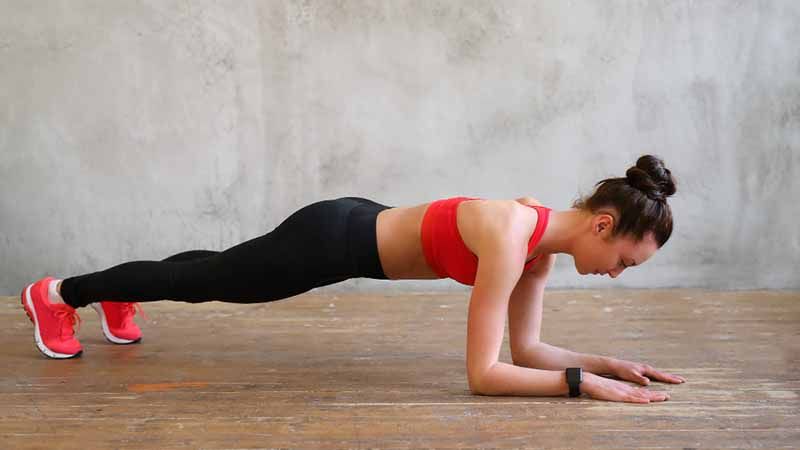
Lie face down on your stomach, forearms on the floor, elbows directly under your shoulders, fists facing each other. To lift your body, tighten your core muscles, curl your toes under, then press down through your forearms and extend your legs. A straight line should be formed by your head, neck, back, and legs (like a plank of wood). Hold this position for as long as possible.
Results of This Exercise
Two minutes of plank hold is considered the gold standard for very good core strength. You have a relatively strong core if you can hold the position for more than one minute. A time of 30 to 60 seconds is considered average, while less than 30 seconds indicates that more work is required.
[Also Check: Importance of core strength]
5. Mobility Test
Working at a computer for long periods of time, watching TV, driving, or simply sitting with poor posture can cause the shoulders to tighten and the joints to lose mobility. This shoulder mobility measure indicates shoulder mobility in all directions.
How to Do This Exercise?

Sit or stand up straight with your right arm, then bend your forearm from the elbow and reach your hand between your shoulder blades. Then, with your left arm behind you, palm out, try to bring your hands together.
Results of This Exercise
If you can interlock your fingers, you're doing extremely well. You won't have any issues if they come into contact. If your fingertips are less than two inches apart, you could benefit from some extra mobility; if the gap is more than two inches, you should definitely do some more shoulder work. If the test is easier on one side than the other, it indicates that there is an imbalance between the right and left sides that must be addressed.
6. Explosive Power Test
Power is described as the ability to exert force rapidly. It's what helps push sprinters off the starting line and basketball players to the basket. Because power requires the recruitment of all muscle fibers, people with a lot of endurance but little strength are often quite poor at it.
How to Do This Exercise?
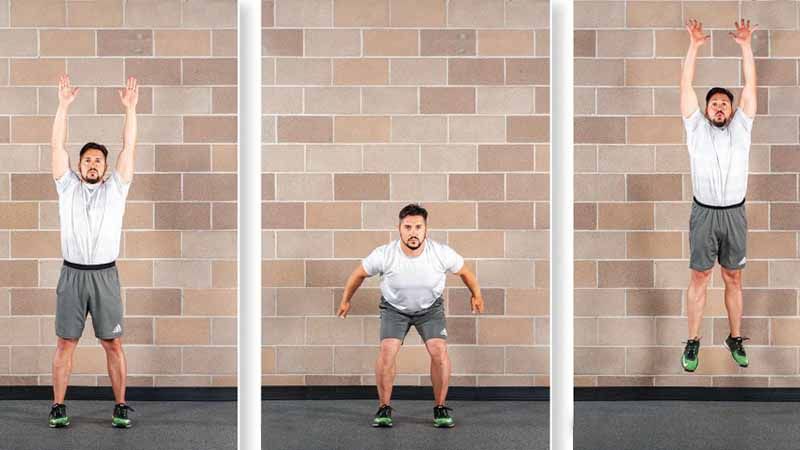
Stand next to a clear wall space and raise your arm closest to the wall as high as you can while standing with your feet flat on the floor. Make a mark on the wall where your fingertips meet. After that, leap up as high as you can, arms overhead, and touch the highest point on the wall. Subtract your standing height from your jumping height in cm and compare your results to those listed below.
Results of This Exercise
- 61 - 70 cm for men / 51 - 60 cm for women - Very good
- 51 - 60 cm for men / 41 - 50 cm for women - Good
- 41 - 50 cm for men / 31 - 40 cm for women - Average
- 40 cm - less for men / 30 cm - less for women - Below average
7. Waist-To-Hip Ratio: To Assess Body Fat Distribution
The waist-to-hip ratio (WHR) compares the proportion of fat stored around the waist to the hip girth. A pear shape (carrying excess fat around your hips or thighs) is better for your health than an apple shape (carrying excess fat around your stomach), as it is associated with heart disease and diabetes.
How to Do This Test?
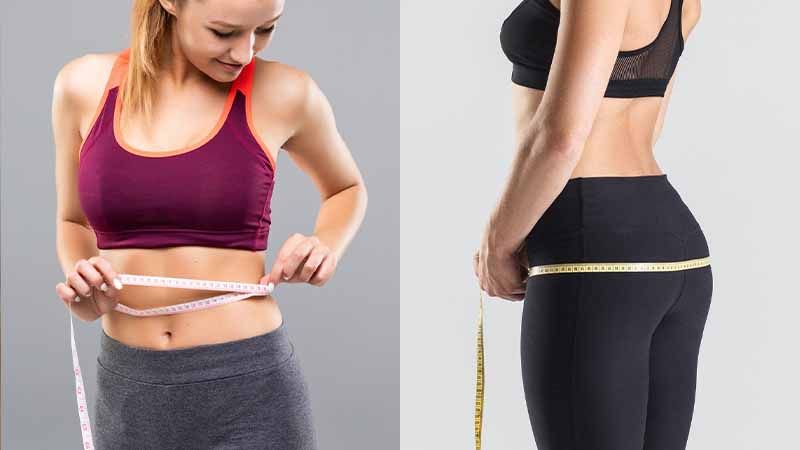
With the tape held firm but not pulling, measure the circumference of your hips at the widest part of your buttocks. Take your waist circumference at its narrowest point. To find the ratio, divide your waist measurement by your hip measurement.
Results of This Test
Less than 0.8 is considered a healthy waist-to-hip ratio for women. Less than 0.9 is considered a healthy waist-to-hip ratio for men.
Which is The Best Fitness Test?
There is no better fitness test than another because they all measure different things. If you're concerned about accuracy, you should contact a sports performance lab and have a few fitness tests performed. They will have access to the most up-to-date techniques and testing equipment.
